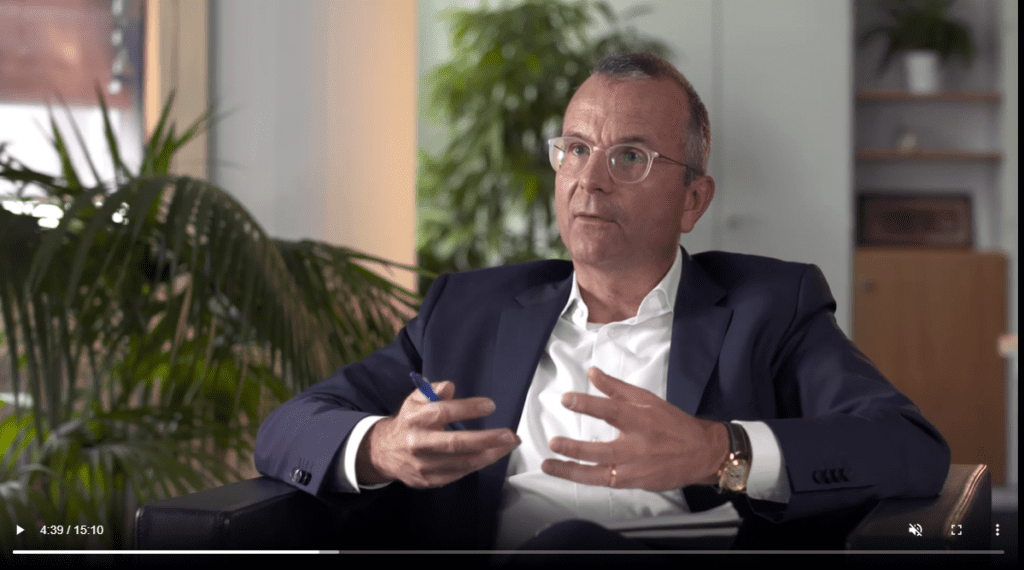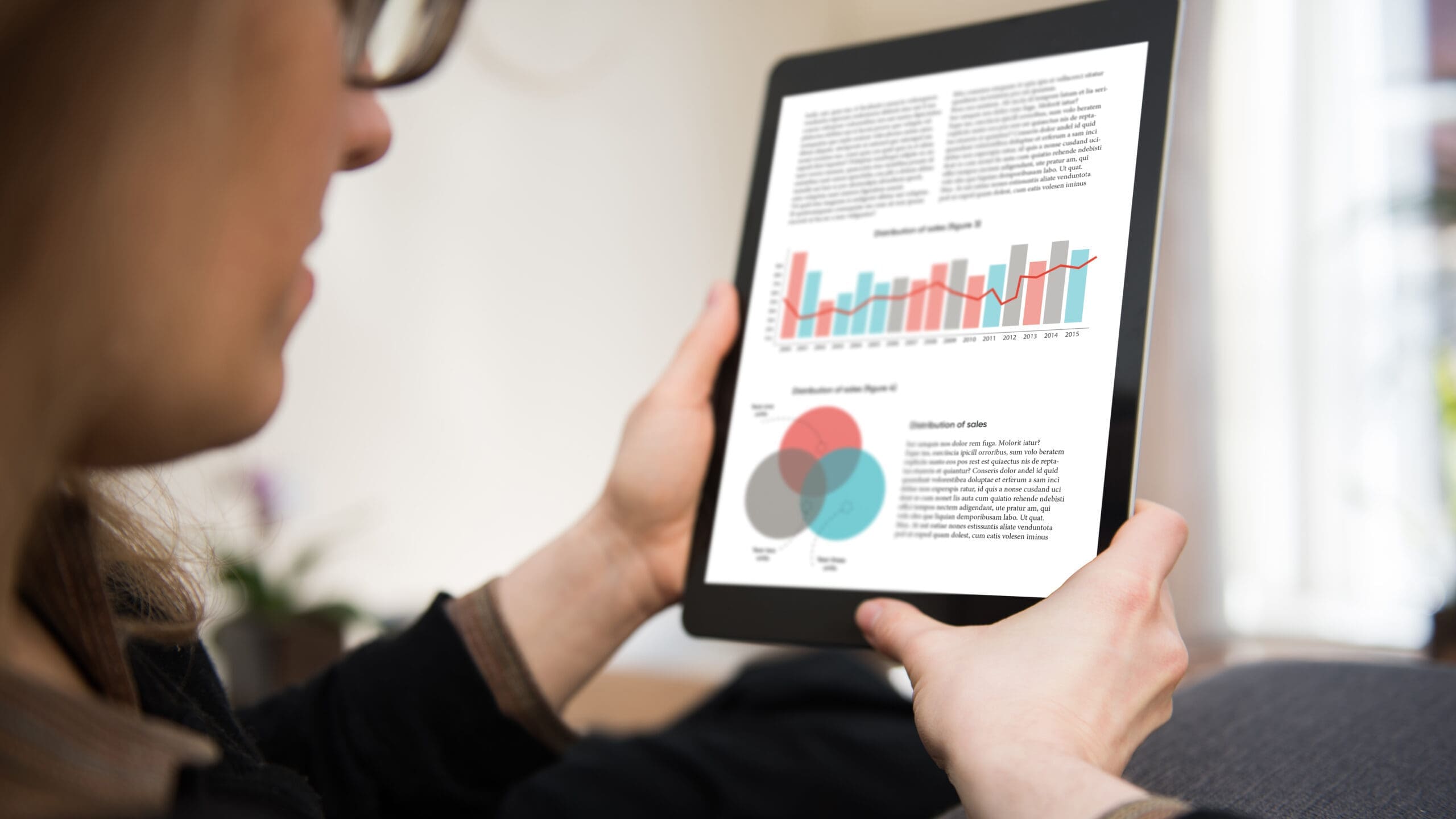IP Blog
Read thought leadership content for intellectual property professionals around the globe.
Featured
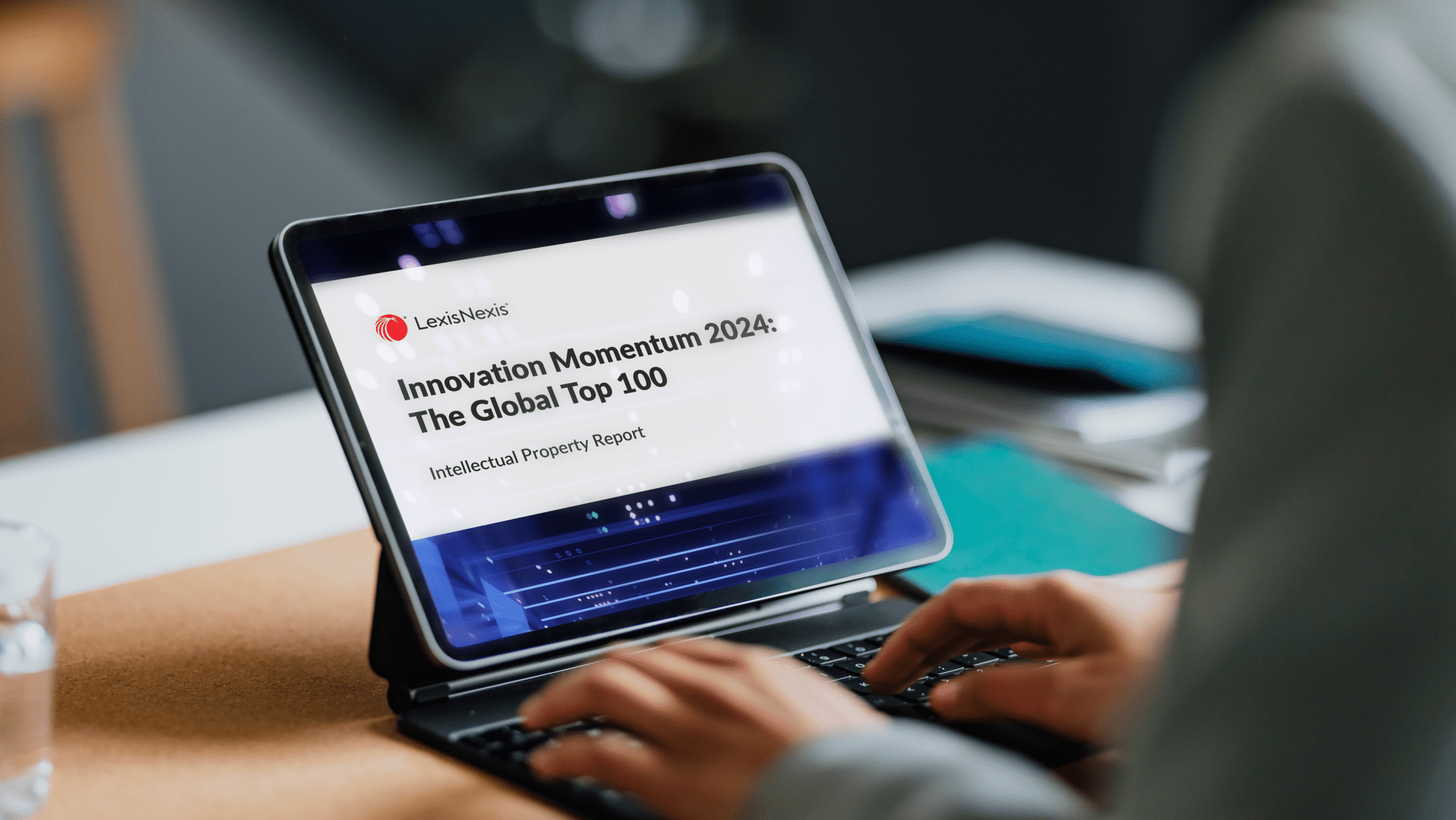
Innovation Momentum 2024: Less is More for Patent Portfolio Strategies
Our annual report, “Innovation Momentum 2024: The Global Top 100,” shows the top 100 global organizations displaying outstanding innovation momentum over the last two years through the lens of patents.
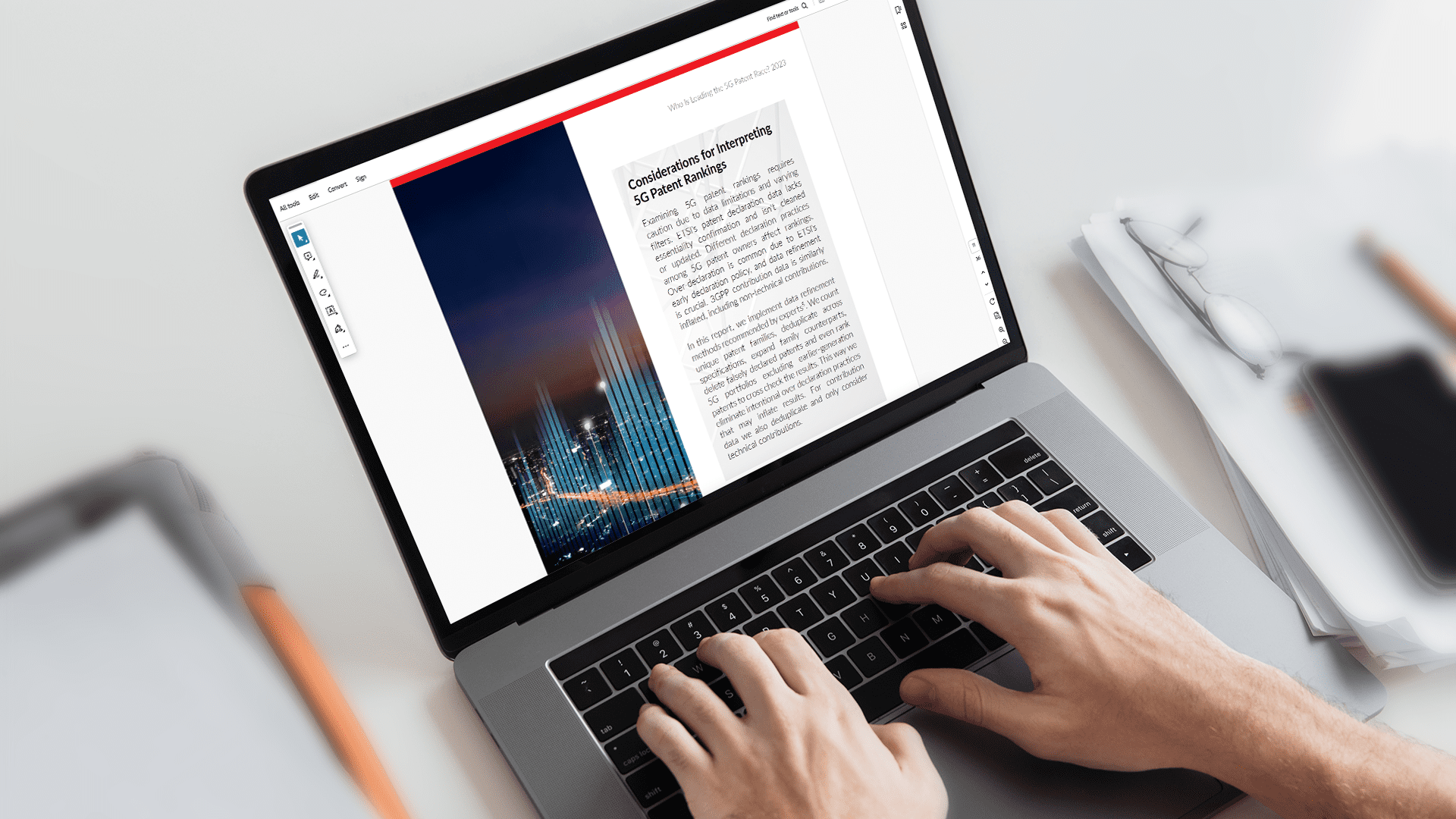
5G Patent Ownership Booms: Who Is Leading the Pack?
5G patent ownership is booming and we are excited to announce the publication of our latest 2023 report, “Who Is Leading the 5G Patent Race?”.
Reset filters

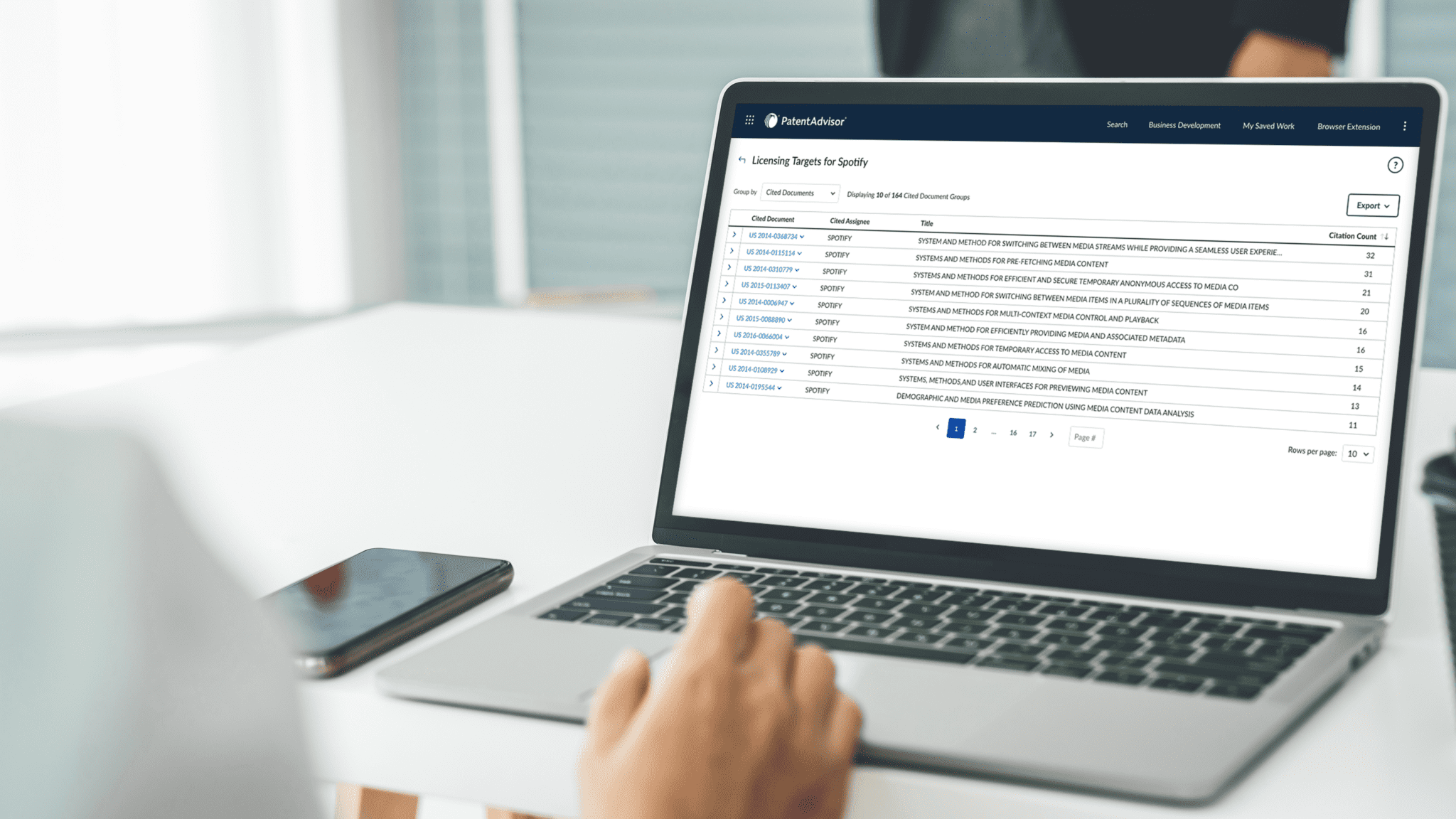







Patent Prosecution
3 Steps to Finding a Winning Office Action Response With Full-Text File Wrapper Search

Patent Prosecution
How USPTO Examiner Rejection Data Can Enhance Your Patent Monetization Strategy

Patent Prosecution
Patent Application Timeline View in Patent Center Streamlines Access to Crucial Documents


Patent Prosecution
Supporting Law Firm Business Development Using Patent Prosecution Analytics

Patent Prosecution
How Insights From Prosecution Analytics Can Facilitate Attorney/Client Relationships


Patent Prosecution
A Practitioner Explains the Practical Uses of Patent Prosecution Analytics
Subscribe to the Innovation Insider monthly newsletter

Sign up to receive a monthly newsletter from our team of IP experts and get information on industry trends and the latest news on our solutions.
Additional Resources
Check out more intellectual property content and resources.

